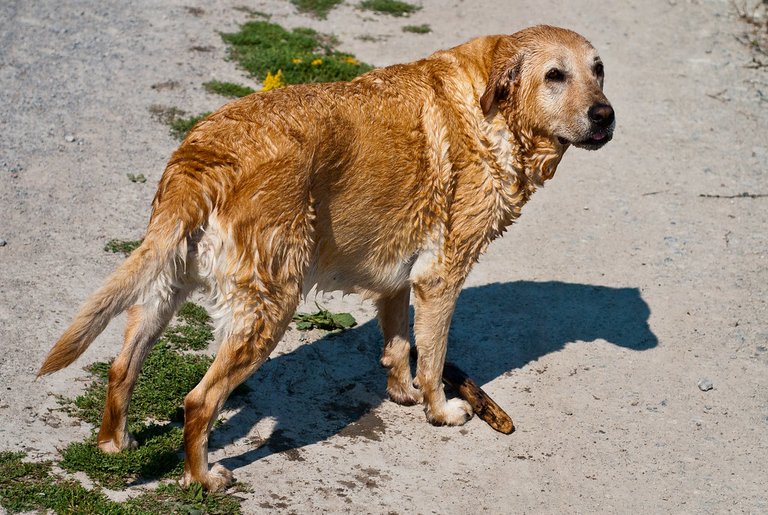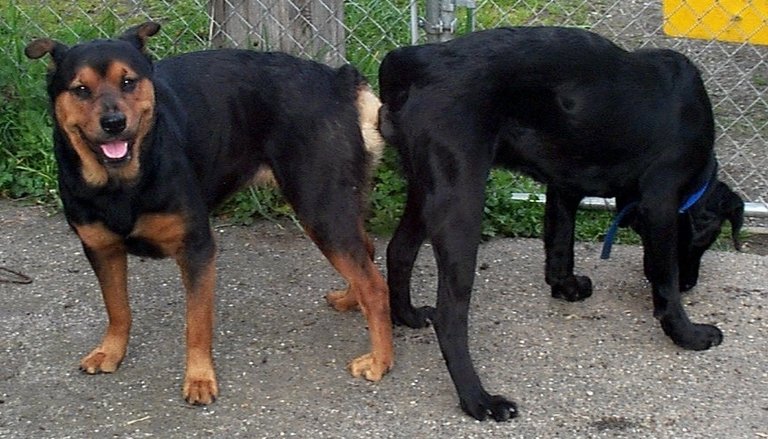The Case of STI in Animals
While you are concerned about your sexual protection or not, you may need to look out for the animals around you too, but do you also provide protective measures for them as you do for yourself is one question so many of us may not be able to answer rightly, so why not, let's see together what experts have to say about STI in animals.

staticflickr.com
Certainly, you know when we speak of STIs or STDs as the case may be, we are not just speaking of one type of disease, different types certainly affect different animals, not forgetting to show various symptoms through them too.
But, unlike in man where symptoms like itching would come up, animals are not the same, sometimes in animals, it would usually take a complicated case for them like an issue with infertility or abortion before it becomes clear that something may be wrong somewhere.

staticflickr.com
So many animals do not have a single partner, they usually would have more than one life partner in their lifetime. A male may get infected by another male through the route of a female animal. There are several opportunities for STDs to spread amongst animals, and the degree of spread is limited via the resistance to infection of the female.
According to Dr Barbara Natterson-Horowitz, Wild animals do not practice safe sex, so they would have STIs. Genital warts can affect Atlantic bottlenose dolphins, baboons suffer greatly from herpes, while rabbits are strong victims of syphilis.
Alonso Aguirre, who is a vet and president for conservation medicine at Wildlife Trust, says about two to three of the major STIs we have around in humans today, may have even come from animals.

Wikipedia.org
Backing up his claims, there are examples given of the fact that, gonorrhea came to humans from cattle, and syphilis came from sheep or cattle too several centuries ago. Hov, which is more recent and believed to have come from the simian version of the virus in Chimpanzees.
Brucellosis is believed to be the most common STI that exists today, affecting household pets like cats and dogs, they also affect rats and deer. Humans can get it when they consume contaminated milk or when there is direct contact with an infected animal, it could be highly dangerous once humans get it and that is a strong reason for milk pasteurization.
Understanding the source of the disease will help scientists identify the problem as well as the possible treatment, I say this because scientific research and tests can be confirmed on an animal before a drug or vaccine is given to humans.
Thankfully, there are now antibiotics that can be used to cure certain STIs, but just like other drugs, these antibiotics can be tested on animals first to understand the efficacy of the drug, as well as the dosages and side effects.
Now, to our household pets, we can restrict their sexual activities since they cannot just move around and mate with any other animals they see like those in the wild. If it appears your dog is trying to show what you consider to be signs of a sexually transmittable infection, you must first reflect on their recent sexual activity, and if there is none, it could be symptoms of something else, probably a bacterial infection or an allergic reaction.
Some sexually transmitted diseases in dogs could lead to tumors which if not quickly handled could lead to tumor development and even become life-threatening.
There are other ones too, which would not show any sign within the first few weeks, after which the animal affected will suddenly begin to feel a sudden outbreak and visible symptoms.
A good reason why other animals shouldn't be allowed to mate with your pet except there is an appropriate test on the new animal, and like I always say, speaking to your vet about noticed symptoms is very necessary.
Thanks for your contribution to the STEMsocial community. Feel free to join us on discord to get to know the rest of us!
Please consider delegating to the @stemsocial account (85% of the curation rewards are returned).
Thanks for including @stemsocial as a beneficiary, which gives you stronger support.